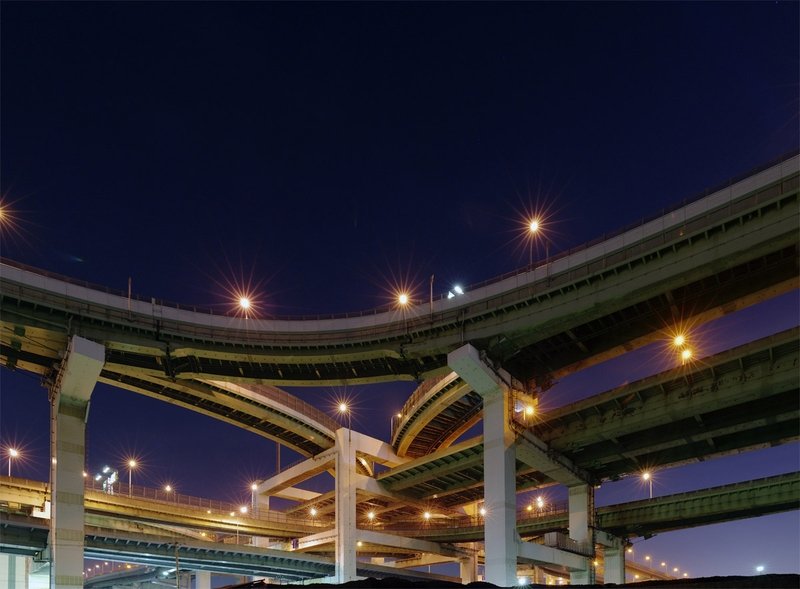|
|
Roads And Bridges, Japan
|
The early 20th century saw a brief period of "Taishō democracy" overshadowed by increasing expansionism and militarization. World War I enabled Japan, which joined the side of the victorious Allies, to widen its influence and territorial holdings. Japan continued its expansionist policy by occupying Manchuria in 1931. As a result of international condemnation of this occupation, Japan resigned from the League of Nations two years later. In 1935, local assemblies under Japanese control were established in Taiwan. In 1936, Japan signed the Anti-Comintern Pact with Nazi Germany, and in 1940 signed the Tripartite Pact to join the Axis Powers. In 1941, Japan negotiated a neutrality pact with the Soviet Union.
In 1937, the Empire of Japan invaded other parts of China, precipitating the Second Sino-Japanese War (1937–1945). In 1940, the Empire then invaded French Indochina, after which the United States placed an oil embargo on Japan. On December 7, 1941, Japan attacked the US naval base at Pearl Harbor and declared war on the United States, the United Kingdom and the Netherlands. This act brought the US into World War II and, on December 8, those three countries declared war on Japan. After the Soviet invasion of Manchuria and the atomic bombings of Hiroshima and Nagasaki in 1945, Japan agreed to an unconditional surrender on August 15 (Victory over Japan Day).
The war cost Japan and the other countries of the Greater East Asia Co-Prosperity Sphere millions of lives and left much of the nation's industry and infrastructure destroyed. The Allied powers (led by the US) repatriated millions of ethnic Japanese from colonies and military camps throughout Asia. The International Military Tribunal for the Far East was convened by the Allies on May 3, 1946 to prosecute some Japanese leaders for war crimes. However, all members of the bacteriological research units and members of the imperial family involved in the conduct of the war were exonerated from criminal prosecutions by the Supreme Allied Commander despite calls for trials for both groups.
In 1947, Japan adopted a new pacifist constitution emphasizing liberal democratic practices. The Allied occupation ended with the Treaty of San Francisco in 1952 and Japan was granted membership in the United Nations in 1956. Japan later achieved spectacular growth to become the second-largest economy in the world, with an annual growth rate averaging 10 percent for four decades. This ended in the mid-1990s when Japan suffered a major recession. Positive growth in the early 21st century has signaled a gradual recovery.
|
|









